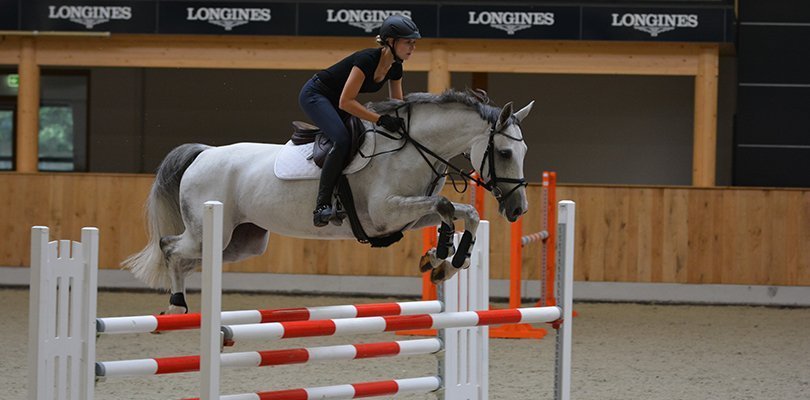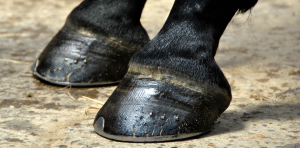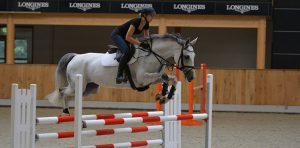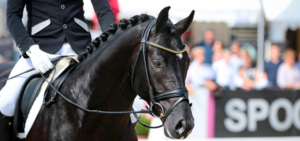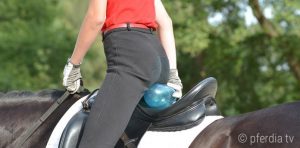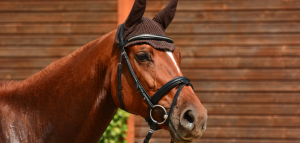The discipline of show jumping is one of the three equestrian disciplines found at the Olympics, World Equestrian Games, World Cup Series, and the Nations Cup Series. It is a fascinating yet, challenging discipline where preparation is a prerequisite for success in the ring.
Summary
- What is a show jumping course?
- Sources of disqualification
- Typical show jumping obstacles
- How to prepare on show day?
- Getting ready for the course
- The rider’s appropriate equipment
- Equipment for the horse
What is a show jumping course?
Ruled by the International Federation for Equestrian Sports, the show jumping course consists of a series of 10 to 16 obstacles. The height and width of the obstacles as well as tight turns and precise distances are some of the challenges faced by horses and riders at competitions. These courses should be completed inside of a defined time and points are added to the score for going over the allocated time, knocking down an obstacle, having a refusal.
Riders can be disqualified for:
- Jumping an obstacle before it is reset
- Starting before the judge signals to begin
- Failure to enter the ring within one minute
- Failure to cross the start line within 45 seconds
- Going off-course
- Deliberately addressing a show jumping course obstacle
- Excessive use of reins, whip, bat or another item
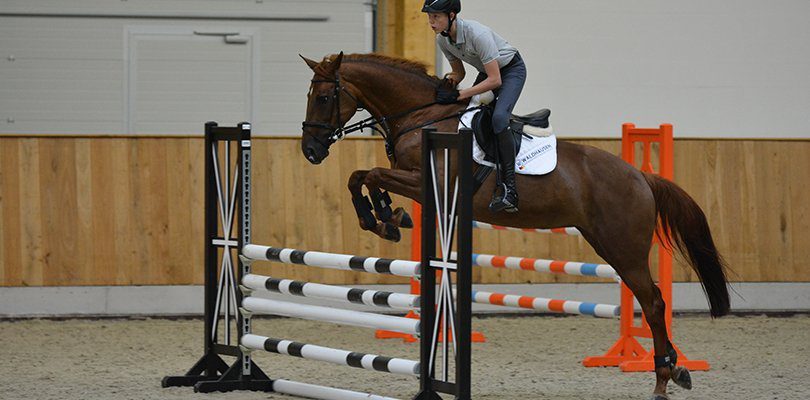
What are some typical show jumping course obstacles?
A variety of show jumping course obstacles are used during an event.
These include:
- Verticals: These show jumping course obstacles consist of parallel rails or boards between two jump standards. They often have wings on the sides to make the jump look more challenging. Additionally, a ground rail may be laid in front of the jump to help horse and rider judge distances.
- Oxers: An oxer is a common show jumping obstacle with two sets of poles placed a short distance apart. The top of the oxer can be even or uneven.
- Triple bars: A triple bar consists of three series of poles placed so that the horse must clear all three in a single jump.
- Water jumps: These jumps are designed to make the horse jump wide instead of high. Jumps are created with plasticine on top. If a hoof touches the side or the horse splashes in the water, it is considered a fault, just like knocking down a rail.
- Liverpool: These show jumping course obstacles consist of a fence under which lies water jump. The fence can be placed before, after or on top of the water.
- Walls: These show jumping course obstacles are built to look like a stone or brick wall, and they appear harder to jump over to a horse than a vertical jump. Many wall show jumping course obstacles are shorter than vertical jumps on the course.
- Combinations: When show jumping course obstacles are placed close enough together that the horse only has time to take one or two strides in between, they are called combinations.
How to prepare on show day?
The day of the show jumping course event can be very stressful. Therefore, you need to think through your preparation ahead of time.
Start by eating a good breakfast. Events often last for a long time, and you want to be mentally alert throughout the event. Especially when you are just starting, you will become even more nervous as the day goes on, so taking care of your nutritional needs early on helps you get prepared.
You know the activities that help you relax the most. Plan some time in your day for those activities. For some, it may be a good run or another form of exercise. For others, it is time spent meditating or doing yoga. Incorporate time in your day for activities that help you relax.
If you need to travel to the place where the show jumping course event will happen, then preplan your route and know how long it will take you to get there. Leave extra time for traffic problems or the fact that you realize at the last possible moment that you forgot to pack something vital.
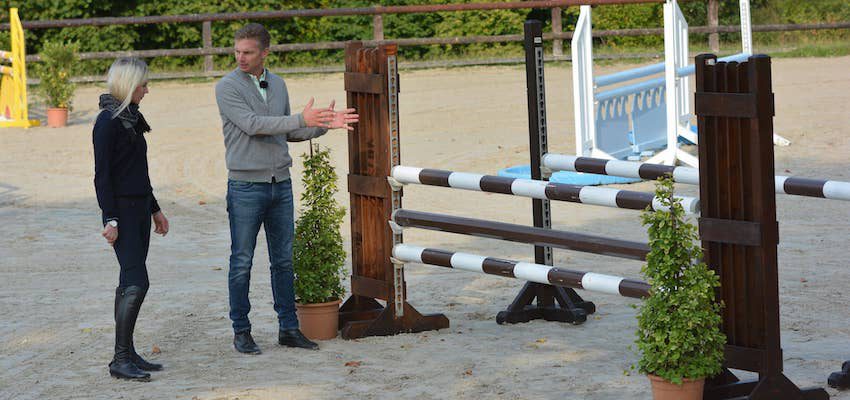
Getting ready for the Course
After you get to the venue, find out when you can walk the course. It is always best to walk the course with your trainer or at least a friend who knows you and your horse to give you a second opinion. A course designer will create the course with an overall question for you to answer with your riding, and walking the course gives you time to recognize the question and formulate your answer.
While it is essential to formulate exactly how you are going to ride the course and the number of strides between each fence, the reality is that things seldom go as planned. Therefore, take time to think through the what-ifs and develop a backup plan.
Some people find it helpful to watch early competitors ride the course while others find that it psyches them out. Remember that you do you and that everyone should have a great time, so set the example.
You will be given time to make some warmup jumps. These jumps usually consist of an oxer, a vertical, and sometimes a cross. Keep in mind: you should always jump with the white flag on your left and the red flag on your right!
The Rider’s Appropriate Equipment
You must have the right equipment for you and your horse on the day of the show jumping course event. While you have some leeway, you may instantly be disqualified from a show jumping course without the right gear. The exact rules covering what apparel and equipment you may use or are required to use often varies slightly based on the sanctioning body. The level of competition can also make a difference.
- You will need a helmet approved by the sanctioning organization. Generally, these have a three-point fastening system. Your hair must be tucked into the helmet or fastened securely.
- You need to wear a collared shirt with sleeves. It must stay securely tucked into your riding pants. Most people choose to wear a white shirt.
- There are a variety of pants allowed, including breeches, jodhpurs and riding pants with garters. Many organizations do not allow full chaps or suede half-chaps. If there are belt loops on your pants, then a belt is required.
- While most people competing on show jumping courses wear long boots, you often have the choice between long and short boots if they have a riding heel on them. The boots must cover the ankle.
- You have the choice of wearing riding gloves if you desire. You also may have the option of wearing half chaps.
- No whip longer than 30 inches is permitted.
Equipment for the Horse
- A variety of bits are permitted. If you are competing in national competitions, make sure to check if your bit is allowed as the rules can differ from one country to another
- You can also use practically any type of bridle as long as it is entirely made out of leather.
- A special jumping saddle is used during events. This saddle has rotated forward flaps to help the rider maintain the correct position. They also have knee tolls to make it easier to get into the two-point position. Low pommels and cantles are found on jumping saddles to make it easier to maintain the correct position when going over a jump.
- There are rules regarding the types and weight of permitted jumping boots. Those rules are individual to each country and the FEI is responsible for the international regimentation.
- There are significant differences in the rules between different organizations regarding the kind of martingale that is allowed or if one is allowed at all.
Riding a show jumping course can be a lot of fun for you and your horse. Make sure that you are well prepared by practicing at home. Utilize a list to ensure that you get to the show jumping course on time and with all your stuff. At the end of the day, each event should be fun and a learning experience.

